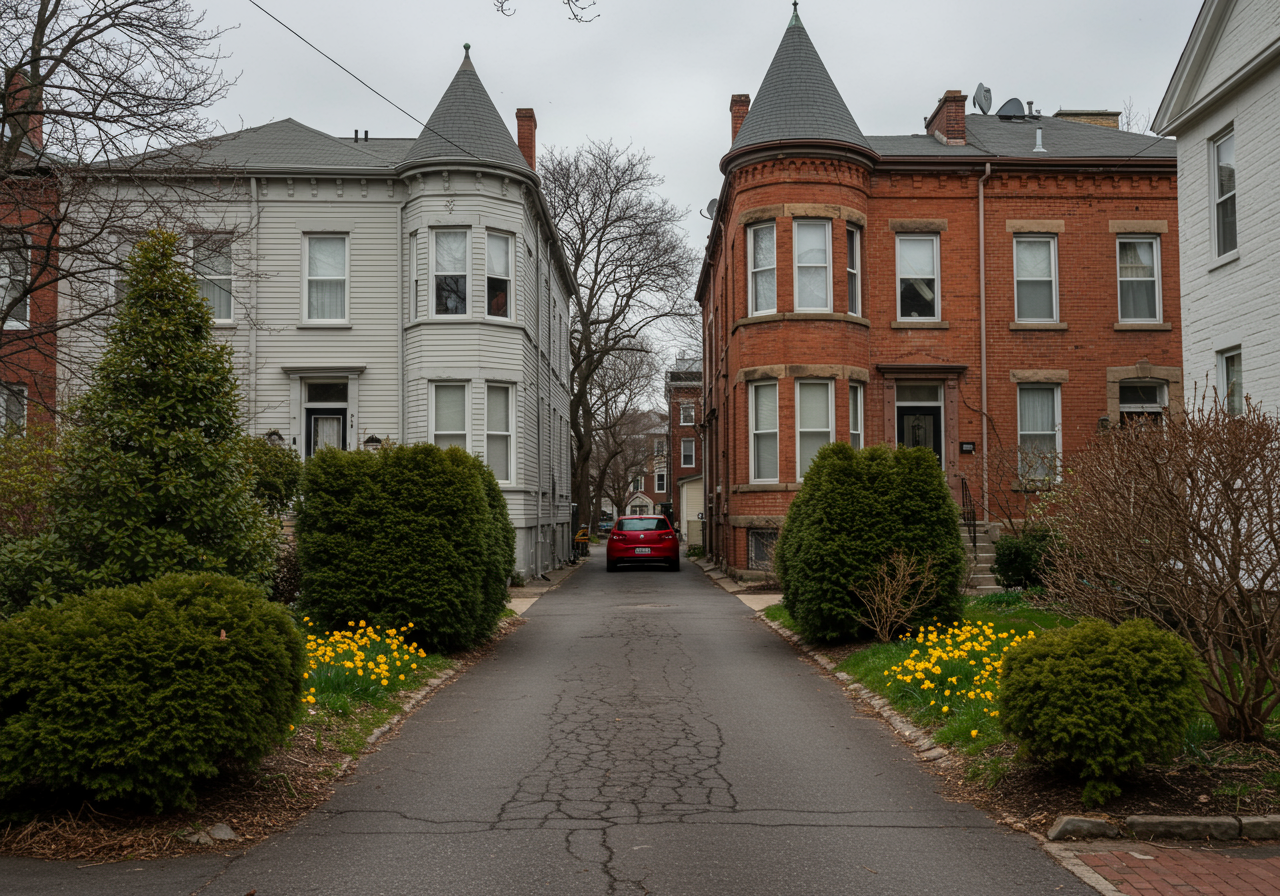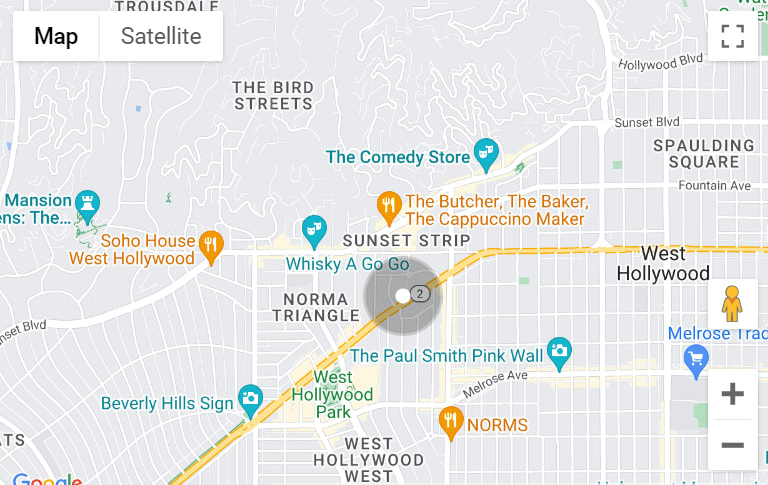Washington D.C.’s real estate market has emerged as one of the most robust ones in the nation. Many are attracted to living amongst historic monuments and museums, the beautiful scenery, and the annual cherry blossom festival, but it's important to specify the type of real estate one is looking for. Whereas the suburbs are known for their spacious homes, D.C. has more single-family residences comparatively conservative in size.
The types of real estate described here are in reference to the zoning regulations for Washington D.C. which determine the use, size, density, and other aspects of property construction. The most common types of property in the area are special use, commercial, and residential, all of which carry their own subsection zones.
Special Use
This is one of the most recognizable types of real estate in Washington D.C. as the national monuments, buildings, and museums around the city are defined as special use. Such properties are defined as only appropriate for one or limited use, or as a building that cannot be converted to another use without a large capital investment. These can include cemeteries, government buildings, libraries, churches, and more.
Some of the popular and most notable special-use properties include the Franklin Delano Roosevelt Memorial, the Washington Monument, and the Abraham Lincoln Memorial.
Constructed adjacent to the tidal basin, the Franklin Roosevelt Memorial honors the thirty-second president of the United States. Known for leading the country through the Great Depression with his progressive new deal programs, Roosevelt was later recognized for his perseverance despite being wheelchair-bound after a bout of polio rendered his legs immobile. His memorial consists of five outdoor rooms which provide a snapshot of his early life, and then each of the four terms he served up until his death.
The Washington Monument was built to honor the first United States president, George Washington. The tower is over five hundred and fifty feet tall, standing as the tallest structure in the world at the time of its completion in 1884. Today, the monument is maintained by the National Park Service and faces restoration work, damage repairs, and modernizations as years pass.
Across the Reflecting Pool from the Washington Monument is the Abraham Lincoln Memorial. Designed by architect Henry Bacon, the stately memorial was inspired by the Parthenon in Athens, Greece. The memorial is enormous: over one hundred ninety feet long, one hundred twenty feet wide, and ninety-nine feet tall. Thirty-six columns signify the states in the Union at the time of his death, shielding three divided chambers including the central one with Lincoln’s statue. The steps leading up to the memorial have been the location for many famous historical events including Martin Luther King’s “I Have A Dream” speech.
The White House, despite being the home to the President of the United States and their family, is not zoned as residential. Defined as a unit of the National Capital Parks system, the building was accredited as a museum in 1988.
Commercial
As the name suggests, commercial real estate is dedicated to business purposes such as restaurants and boutiques. In short, the purpose of these properties is to generate a profit. As a major tourism destination, Washington D.C. is a host to a variety of commercial properties. These range from major commercial government businesses like the United States Postal Service, the US Customs and Border Protection, and the United States Department of Justice. However, government businesses are only a small part of the commercial offerings available in Washington D.C.
Individuals moving to Washington D.C. may consider taking advantage of any one of the hotels, restaurants, and historical reenactments meant to help guests experience the nation’s rich history. The Hay-Adams is a historic luxury hotel whose south face is situated on Lafayette Square across from the White House. Since it opened in 1928, the hotel has been a member of two historic districts in Washington D.C. and sits on the list of Historic Hotels of America. The Italian Renaissance-style hotel is also home to The Lafayette, a dining experience that offers three meals a day and brunch on the weekends.
Nearby and just off of McPherson Square sits Siroc Restaurant, a modern Italian trattoria experience that is a staple of the D.C. culinary scene. Before he founded Siroc with his brothers in 2008, Chef Martin Lackovic traveled all over the world cooking in many notable establishments, including the Ristorante Del Cambio in Torino, Italy. Lunch, dinner, and dessert await with an extensive wine list featuring selections from France, Italy, Spain, and more. Savor a glass of sauvignon blanc while you enjoy the saffron pappardelle with baby back rib ragu.
Residential
Residential properties are housing that can be bought by regular families — stand-alone homes, condos, duplexes, and small-scale apartment buildings. Apartment units are the most common type of residential property in the city, followed by single-family homes and condos. Over seven thousand housing sites are owned and managed by the DC Housing Authority, all ranging in age, architectural styles, and amenities.
There are Victorians from the 1920s in Georgetown, Columbia Heights, and Dupont Circle. This style is one of the most decorative, with complicated asymmetrical shapes, a variety of colors and materials, and textured wall surfaces. Tudor Revival style homes can be found around Mount Pleasant, and feature steeply pitched front-facing gable roofs sitting upon predominantly brick exteriors with exposed timber framing. This quaint style is alluring and gives the property a distinctly European feel.
Perhaps one of the most prominent architectural styles found in Washington D.C. is Federal, commonly found in the Capitol Hill and Burleith areas. Inspired by Greek and Roman architecture, this style is defined by straight lines, and simple facades, and is usually modest in scale. Single-family homes and residences are the most common properties to spot this style around the city, such as the Beall Dawson House. Built-in 1815, the house has gone through many renovations but has maintained most of its original architectural features.
There’s much more to Washington D.C.’s extensive zoning subsections than can be covered here, but working with a realtor can help you work through it in your Washington, D.C. real estate search. Whether you’re looking for commercial or residential, working with the top real estate agents in Washington D.C. is the best way to find the property to match your needs.


